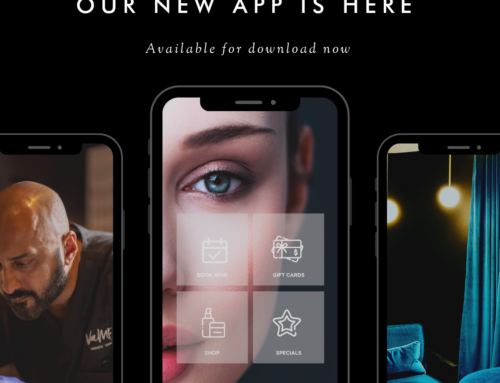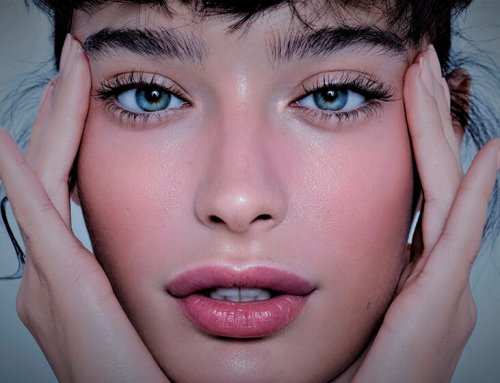What is a cosmeceutical?
In simple terms cosmeceuticals are skin care products that contain ‘active ingredients’. These ingredients are grounded in scientific evidence and have been shown to contribute to measurable improvements in the various signs of ageing – improving skin texture, promoting collagen growth, reducing pigment (the list goes on..)
What do cosmeceuticals offer our skin that other more intensive cosmetic treatments such as cosmetic injectables and laser skin treatments do not?
The answer is nothing. Cosmeceuticals are at their best preserving the results of other more intensive cosmetic treatments. If you are going to invest in laser skin treatments or injectables, it’s worth spending the extra money to preserve and prolong the results. It’s similar to taking out an insurance policy to protect your car or piece of jewellery. Think of cosmeceuticals as your skins insurance policy. Don’t get me wrong, the active ingredients in cosmeceuticals have independent effects to improve the skin, but results are subtle and difficult to measure. An example is Retinol (vitamin A in its various forms), this old chestnut has been around for years as a topical serum or cream, and has been shown time and time again to stimulate collagen production. It works! And it’s great, but the results are better when paired with a collagen stimulating laser facial such as radiofrequency or C02 treatments. I’d go as far as to say you’d be mad not to use cosmeceuticals for your home care routine if you’re going to go to the trouble of investing in laser and injectable treatments. This is not to say you shouldn’t use cosmeceuticals on their own, but don’t expect to see miracles.
Chemical Peels
On the other hand, cosmeceuticals include chemical peels. Chemical peels consist of some of the same active ingredients but in stronger concentrations than their topical counterparts. Therefore the effects of chemical peel treatments are enhanced and usually only require treatment every 2-4 weeks if you’re having them performed regularly. Examples are, salicylic acid commonly found in ‘off the shelf’ toners in concentrations of 1-2% used to minimise pores. Salicylic peels vary in concentration but they start at 3-5% and go up to a concentration of 30% or higher, great for reducing pores. Lactic acid peels are used to hydrate the skin and keep pigmentation at bay and range in concentration from 10-60%. These peels are particularly great when paired with laser facials such as Photorejuvenation, which is great for treating pigmentation and redness in the skin.
Which cosmeceuticals to choose?
The perfect cosmeceutical prescription for your skin depends on what your skin concerns are. For example, if you’re worried about preserving collagen (collagen is the skins scaffolding and decreases with age contributing to fine lines, wrinkles and skin laxity) get yourself onto a good topical Vitamin A serum. If your main concern is brightening the skin I’d recommend using regular lactic acid (topical or regular chemical peels), vitamin C and Niacinamide (a form of vitamin B). The list of different cosmeceutical combinations goes on and on, so it pays to get a thorough skin assessment to establish the prescription that works for you.
Here are my general recommendations for anyone starting out in the world of cosmeceuticals:
- Sunscreen 30+ – applied in the morning sunscreen protects against UVA and UVB light is essential! This is your skins best protection
- A good moisturiser and exfoliant – try to find a moisturiser with hyaluronic acid to hydrate and plump the skin, and peptides (small proteins that are thought to contribute to collagen synthesis). Any exfoliant will do but try and find one with fine ‘beads’ that isn’t too harsh on the skin
- Antioxidants – applied in the morning, I’d recommend Vitamin C with a concentration of 5% or more. This can be found in cream or powder form (the powders can be mixed with moisturiser or serums
- Cell regulators – Retinoids (Vitamin A – different forms are used in cosmeceuticals so ideal concentration varies, check with your clinic), growth factors
- Skin brightening agent – Niacinamide 5-10% concentration, Vitamin C >5% concentration
If your in your early to mid 20’s then steps 1-3 are probably enough but there’s no harm in starting all 5 steps even when you’re younger. If you already have visable signs of ageing and less face it, that’s most of us from our late 20’s, then following steps 1-5 is recommended for best results. Many clinics have starter packs that contain all or most of these topicals to get your started. Synergie Skin have two starter packs available – A-Zinc essentials (RRP $104) which contains a cleanser, sunscreen, Vitamin A serum, Niacinamide serum, and Vitamin C containing moisturiser, and the Ultimate Anti-Ageing Kit (RRP $135)which contains a cleanser, Super Serum (peptide serum), Vitamin C crystals, Vitamin A, Vitamin B and a peptide containing moisturiser.
Skin care has come along way in the last 10 years and the science of skin care is going to continue to evolve and get better. The days of spending money on supermarket and chemist creams that offer minimal results (if any!) are over. Invest wisely in your skin care, particularly if you are considering more intensive treatments such as laser skin treatments or cosmetic injectables, and it will pay for itself 10 fold.






